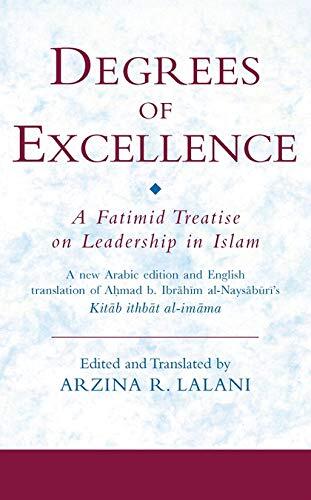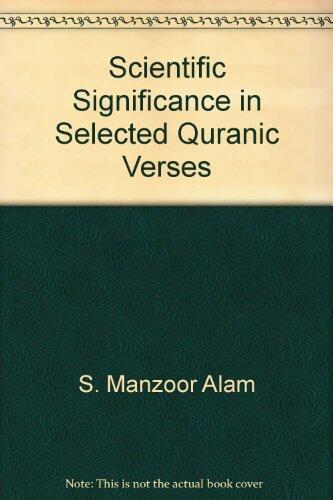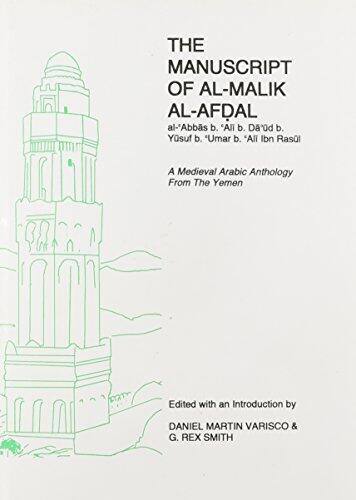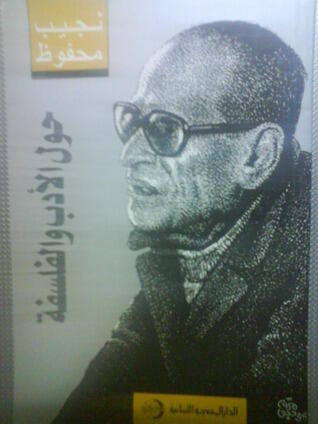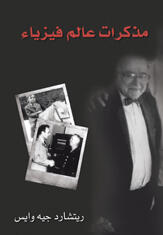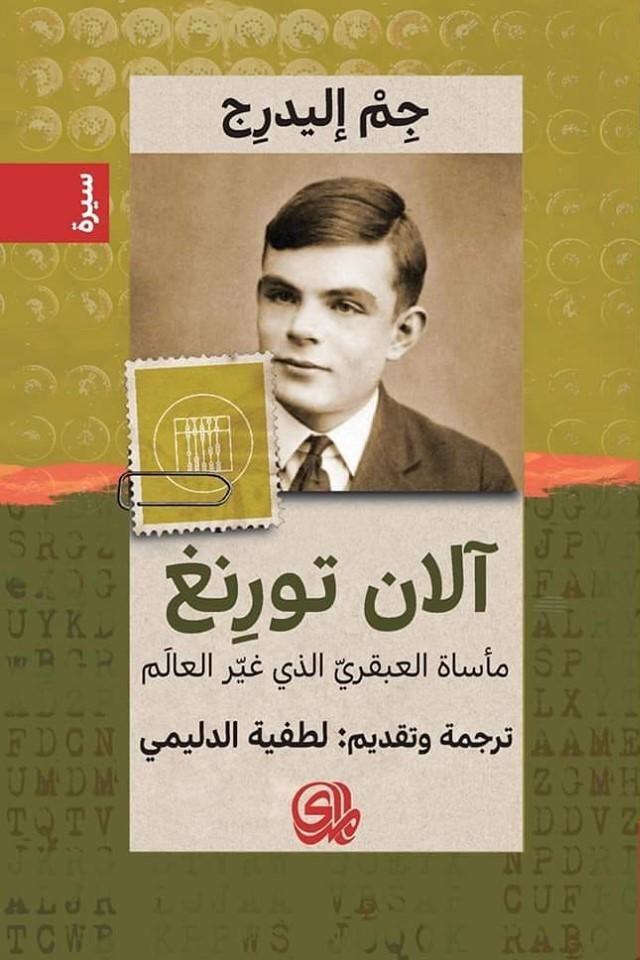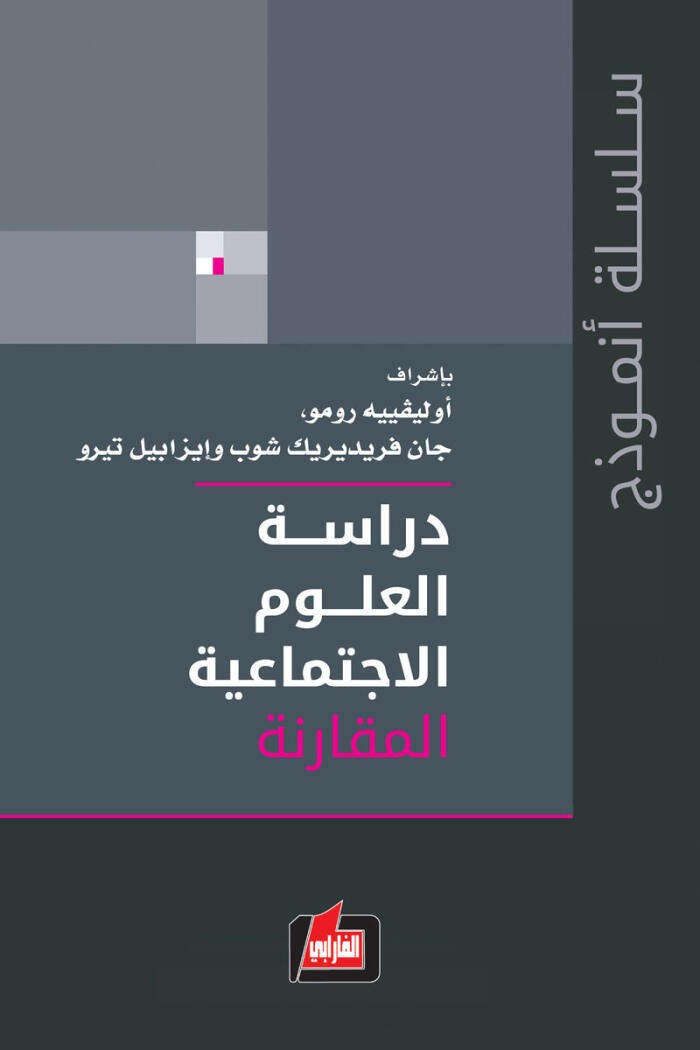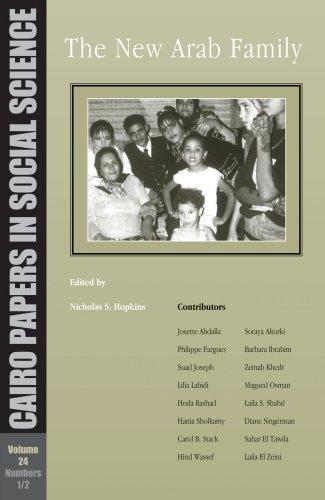
The New Arab Family
아직 평점이 없습니다
Science & Technology
형식
페이퍼백
페이지
284
언어
아라비아어
출판됨
Jan 1, 2004
출판사
American University in Cairo Press
ISBN-10
9774247639
ISBN-13
9789774247637
설명
In a world experiencing rapid change, the dynamics of the Arab family are evolving in fascinating ways. Nicholas S. Hopkins delves into this transformation, providing an insightful analysis of the social and cultural factors influencing family structures across the Arab region. Through a careful examination of contemporary issues, he highlights how globalization, urbanization, and shifting gender roles are reshaping traditional family models.
Drawing from diverse research and case studies, the work offers a comprehensive perspective on familial relationships, social responsibilities, and the impact of politics and economics on family life. Hopkins presents a nuanced view that acknowledges both the challenges and opportunities that arise within these changing frameworks. His exploration provides readers with a deeper understanding of the Arab family’s resilience and adaptability in the face of external pressures.
This compilation serves as a vital resource for anyone interested in sociology, anthropology, or Middle Eastern studies. By showcasing the intricacies of familial bonds and societal shifts, it encourages readers to reflect on the broader implications of these transformations within the context of modernity and tradition.
Drawing from diverse research and case studies, the work offers a comprehensive perspective on familial relationships, social responsibilities, and the impact of politics and economics on family life. Hopkins presents a nuanced view that acknowledges both the challenges and opportunities that arise within these changing frameworks. His exploration provides readers with a deeper understanding of the Arab family’s resilience and adaptability in the face of external pressures.
This compilation serves as a vital resource for anyone interested in sociology, anthropology, or Middle Eastern studies. By showcasing the intricacies of familial bonds and societal shifts, it encourages readers to reflect on the broader implications of these transformations within the context of modernity and tradition.
